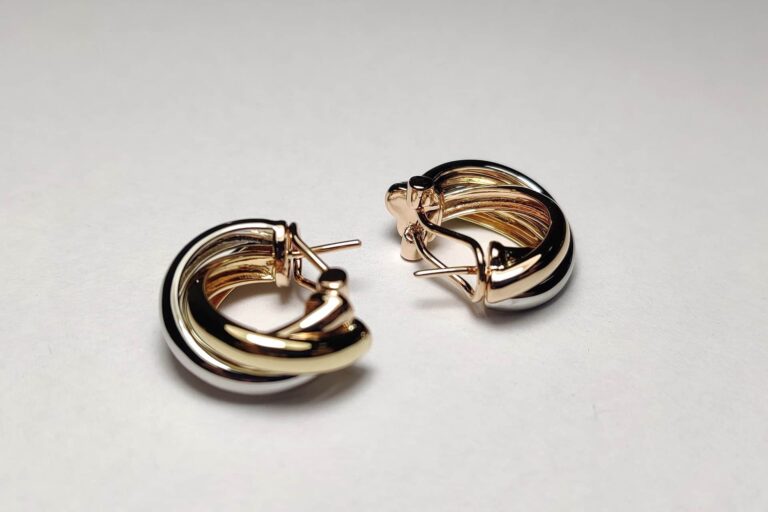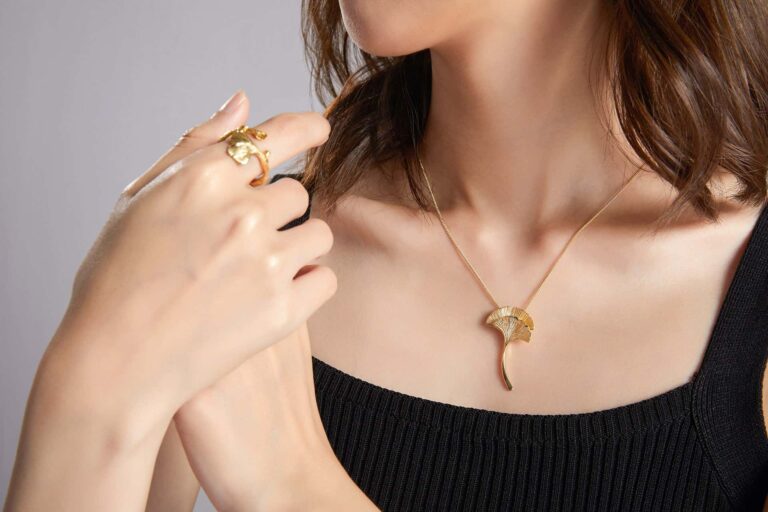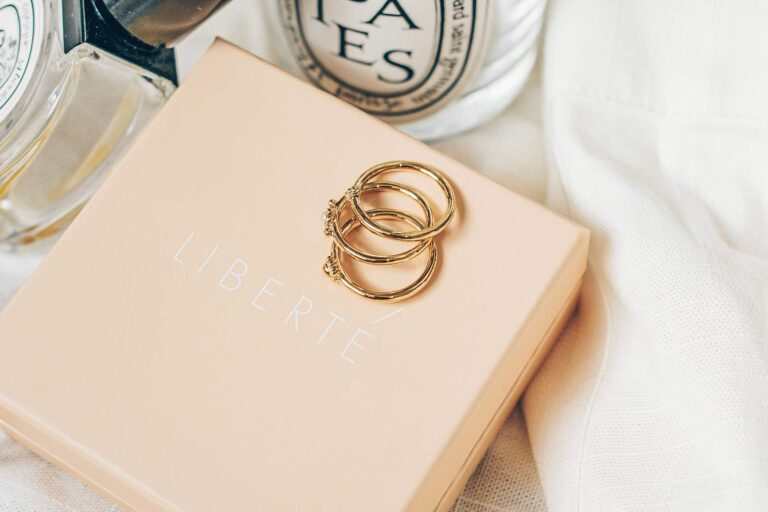know your Worst Enemies: Fake Jewelry sellers
In the world of jewelry, nothing compares to the joy of finding a stunning piece that enhances your beauty and showcases your unique style. However, this experience can quickly turn sour when you realize that the exquisite item you purchased is, in fact, a fake. Fake jewelry sellers are the worst enemies of genuine jewelry enthusiasts and buyers, preying on unsuspecting customers and tarnishing the joy of wearing real, quality pieces. To help you avoid becoming a victim, this article highlights how to spot these fraudulent sellers and protect yourself from their deceitful tactics.
1. Spotting Fake Jewelry Sellers
The most common tactic of fake jewelry sellers is to offer incredible deals that seem too good to be true—because they usually are. These sellers lure customers with shockingly low prices on items that are supposedly made from precious metals or stones. If a diamond ring or gold necklace is being sold for a fraction of what you would expect, alarm bells should ring. Authentic, high-quality jewelry carries a certain price point because of the craftsmanship and materials involved.
Tip: Always check the current market prices of precious metals like gold, silver, or platinum, and familiarize yourself with the average prices of gemstones such as diamonds, emeralds, and sapphires. If a seller is offering you a price significantly lower than the market value, it’s likely a scam.
2. Understand the Red Flags of Online Stores
Online platforms have become a breeding ground for fake jewelry sellers. While reputable online jewelers exist, there are many fraudsters who use convincing websites to appear legitimate. One major red flag is a lack of detailed product descriptions or certificates of authenticity. Legitimate jewelers provide detailed information about the materials used, including karat weight, gemstone quality, and more. If this information is missing or vague, it’s a clear sign that the jewelry might not be real.
Tip: Check if the seller offers proper certifications from trusted sources, like the Gemological Institute of America (GIA). These certifications authenticate the quality and authenticity of the materials used in the jewelry.
3. The Importance of Reviews and Reputation
One of the best ways to identify fake jewelry sellers is by researching their reputation. Online reviews and customer feedback are invaluable in distinguishing between legitimate sellers and those trying to swindle you. Fake jewelry sellers often leave a trail of negative reviews that complain about poor quality products, delayed shipping, or unresponsive customer service.
Tip: If a seller has numerous bad reviews or suspiciously glowing reviews with no substance, steer clear. Genuine customer feedback provides insight into the seller’s practices and product quality.
4. Check Return Policies and Warranties
Legitimate jewelers stand behind the quality of their products and often offer clear return policies and warranties. Fake sellers, on the other hand, tend to either not offer returns or have complex, hidden clauses that make it nearly impossible to get your money back.
Tip: Always check the return policy before purchasing, especially when buying expensive jewelry. If the seller is evasive or doesn’t offer any form of warranty or return, it’s a huge red flag.
Conclusion
Your worst enemies in the jewelry world are the fake sellers who capitalize on the desires of consumers looking for a deal or a beautiful piece of jewelry. To avoid being scammed, it’s essential to do your homework—research the seller, verify authenticity certificates, and be wary of deals that seem too good to be true. By being vigilant and educated, you can protect yourself from falling victim to fake jewelry sellers and ensure your next purchase is one you can wear with pride.







